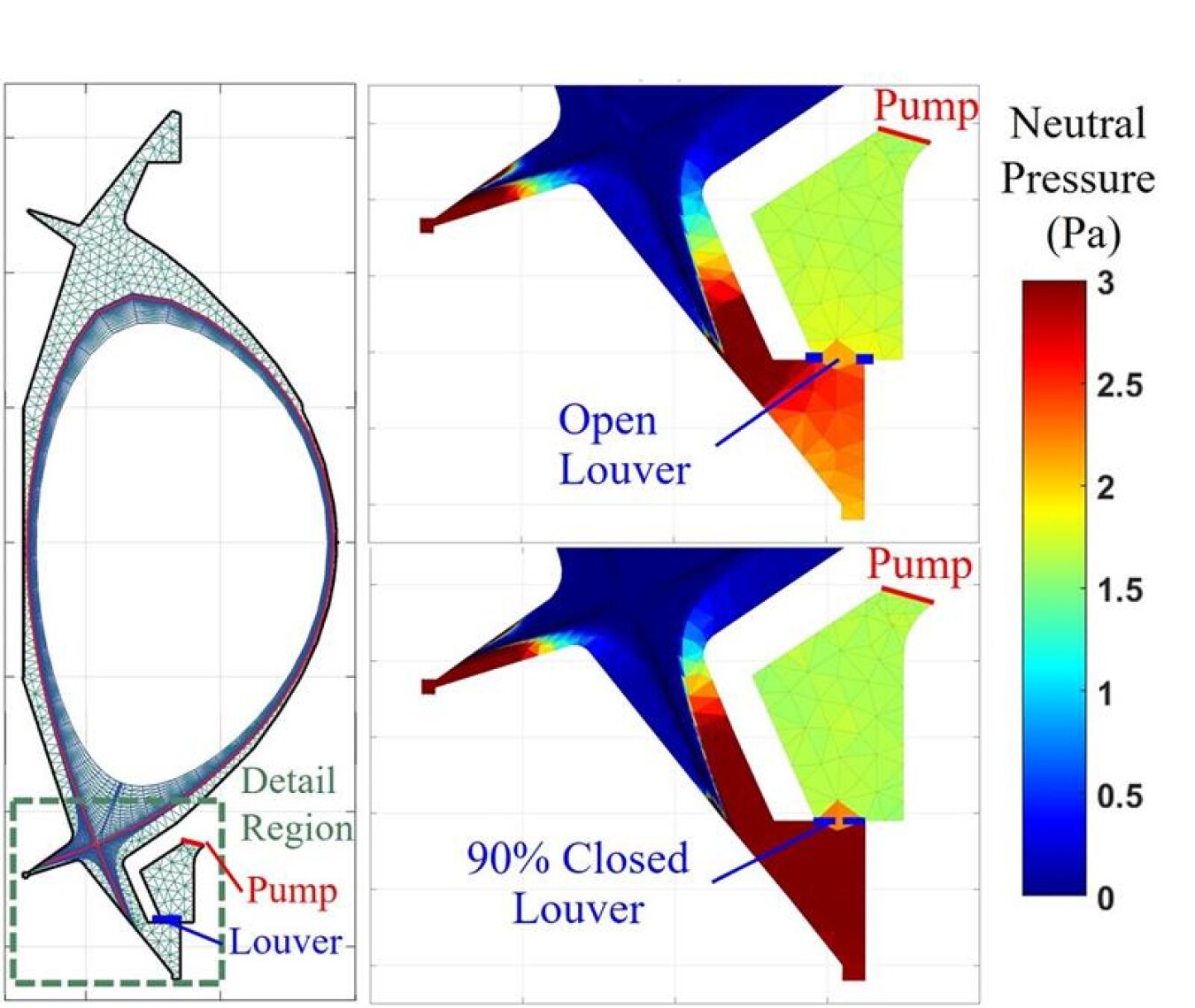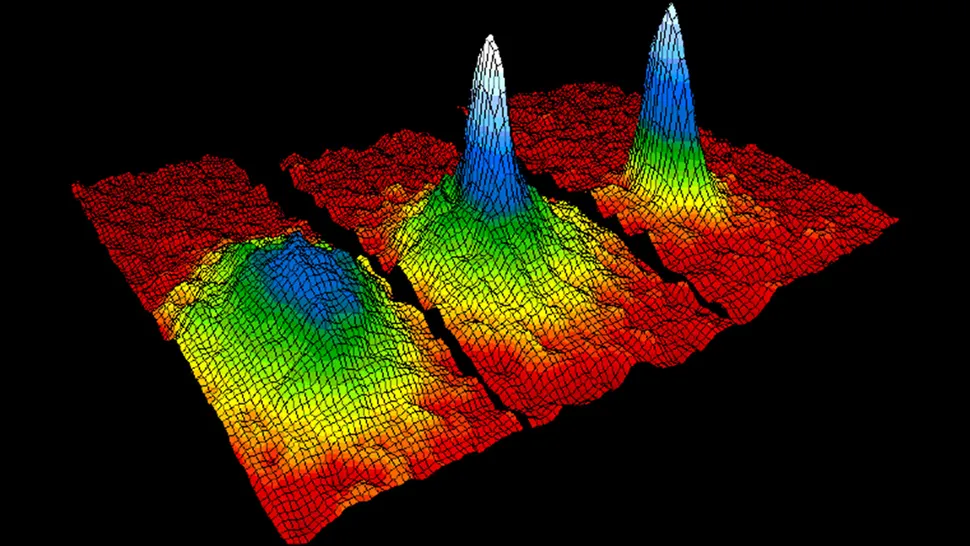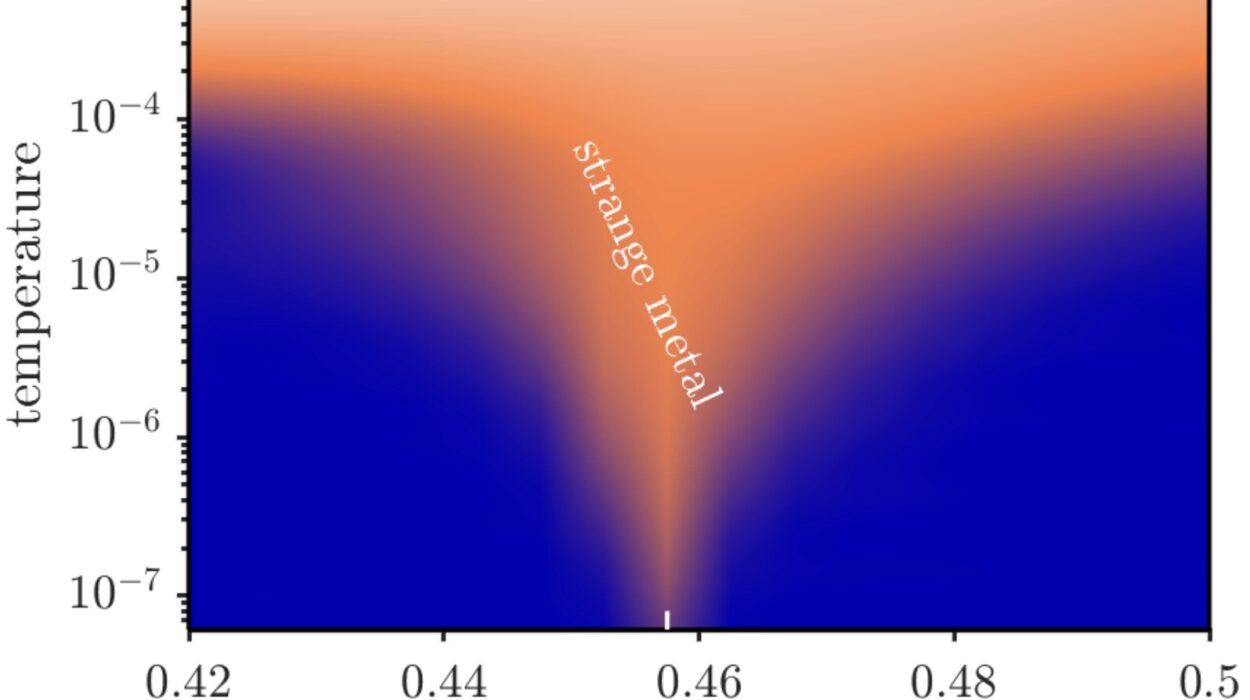In the quest for harnessing clean and limitless energy through nuclear fusion, Commonwealth Fusion Systems (CFS) has taken a significant step forward with its development of the SPARC tokamak, a device that aims to achieve a historic milestone in fusion energy. The SPARC project is designed with the ambitious goal of producing more output energy than input for the first time, and it is structured to ultimately scale up to a commercial power plant size. However, one of the major challenges that stands between SPARC and its success is maintaining the integrity of its plasma without overheating or “melting” the device.
Achieving commercial fusion energy production has been a longstanding challenge in science and engineering, one that requires not only generating plasma hotter than the sun’s core but also maintaining conditions around the edge of this plasma that are cool enough to protect the walls of the tokamak from being damaged by extreme heat. As the field of fusion energy has progressed, CFS, in collaboration with the Oak Ridge National Laboratory (ORNL), has been advancing critical research, specifically in fusion boundary conditions—the interactions at the edge of the plasma that determine how safely energy can be extracted from it without compromising the device itself.
Strategic Collaborations and Advancements
Researchers at CFS and ORNL have worked hand in hand through a series of groundbreaking projects designed to tackle the core challenges of designing a fusion device capable of generating commercial energy. These collaborations have involved work under initiatives like ORNL Strategic Partnership Projects and Laboratory Directed Research and Development projects, as well as participation in the Innovation Network for Fusion Energy (INFUSE), a platform that brings together private companies and national laboratories to accelerate the development of fusion energy technology. Moreover, General Atomics, a leading company in the development of fusion technologies, has also worked alongside these institutions to address shared technical challenges.
This joint effort has enabled the development of novel simulation capabilities that are crucial for evaluating and predicting important design variables for the SPARC tokamak. One of the most critical concerns in fusion research is maintaining the extreme temperatures and conditions in the plasma core without exceeding the heat-handling capacity of the device’s material and structure. Plasma edge behavior is key to achieving this delicate balance.
Simulation Innovations to Control the Plasma
A key area of focus in the research collaboration has been on developing effective actuator designs, especially those used to control neutral gas that flows into and out of the tokamak. Actuators are essential in manipulating the plasma boundary in real-time, ensuring that the fusion plasma does not overheat and damage the device.
Fusion requires extreme conditions—temperatures at the core of the plasma exceeding 100 million degrees Celsius, much hotter than the core of the sun, while the plasma’s edge must remain at significantly lower temperatures to avoid melting the fusion device. This temperature disparity demands precise control over how heat is distributed and dissipated within the tokamak.
Researchers have examined one specific actuator design that has shown great promise in improving the behavior of the edge plasma: louvers. These mechanisms are similar to those found in the air ducts of homes, and in fusion devices, they serve a unique function: creating local conditions that allow the plasma to “detach” from the device’s walls, dispersing heat more effectively and maintaining the safety of the tokamak structure. By promoting detachment, louvers help prevent the hottest portions of the plasma from directly contacting the fusion device’s material surface, thereby reducing the risk of overheating.
Advancements in Simulation Capabilities
To better understand and optimize the interaction between louvers and the plasma, ORNL researchers enhanced their simulation capabilities, employing advanced methods to dynamically simulate real-time plasma behavior. Previously, SOLPS-ITER, a widely used simulation code, focused primarily on steady-state models for plasma transport. However, for a tokamak like SPARC, real-time control is needed due to the fluctuating, dynamic nature of the plasma.
The new dynamic simulation capability developed at ORNL uses SOLPS-ITER in a dynamic, time-dependent way. This enhanced simulation looks beyond simple steady-state conditions, allowing researchers to model how neutral particles from the surrounding plasma interact with louver actuators over time. In fact, the study’s evolution has taken a staged approach, first simulating plasma transport, followed by modeling how neutral particles in the system respond to the louver designs, and finally integrating everything into a fully coupled dynamic model.
This more advanced approach is critical to ensuring that fusion devices like SPARC will be able to respond rapidly to changes in plasma behavior and accurately predict the actuator performance in real-time. The ORNL team’s work goes beyond providing general data, instead offering highly refined, predictive insights for designers working on fusion reactors.
Identifying the Best Actuators for SPARC
Once these simulation insights were developed, the next step was to analyze which actuator designs were the most efficient and feasible. The goal was to choose the simplest and most cost-effective options from a broad array of candidates. By using these simulation-driven predictions, the team at CFS was able to narrow down the optimal actuator configurations for the SPARC device.
This method not only minimizes the overall design complexity but also ensures that the SPARC tokamak operates within practical limits. Effective actuator and diagnostic systems are essential for the long-term success of any fusion energy device, enabling scientists to control plasma behavior while maintaining optimal conditions for energy production. The rigorous computational work and predictive simulations thus lay the groundwork for practical, real-world applications in fusion energy.
Looking Toward the Future
The latest advancements in fusion boundary research, especially regarding actuator control of the plasma edge, bring researchers closer to overcoming the remaining hurdles of fusion energy production. The insights gained through simulation and testing help make fusion a more viable option, as they improve the performance and safety of devices such as SPARC.
However, achieving a power-producing fusion plasma that generates more output power than the input requires further challenges beyond just managing heat. One significant step after SPARC will be scaling the technology up, transitioning from experimental reactors to power plants. CFS already has its sights set on this next frontier: the ARC fusion power plant, which is designed to scale up fusion technology from SPARC and be capable of putting energy onto the electric grid.
The ARC project is envisioned as a larger, commercial fusion plant designed to produce significant electricity for power grids. The collaboration between CFS, ORNL, and other research institutions not only aims to achieve safe, controlled fusion but also to commercialize it by scaling the technology for widespread use. Achieving such milestones will mean securing a future for fusion energy as a reliable, clean energy source, reducing humanity’s reliance on fossil fuels.
Conclusion
The continuous collaboration between Commonwealth Fusion Systems and Oak Ridge National Laboratory is paving the way for breakthrough advancements in fusion energy, particularly through research and innovations concerning the behavior of plasma at the edge of fusion reactors. With technologies like louvers to manage heat detachment, powerful simulations to predict actuator control effectiveness, and a focus on simplifying and streamlining fusion technology, CFS is one step closer to achieving its ultimate goal: producing sustainable, clean, and abundant energy from nuclear fusion.
While significant hurdles remain, these advancements are crucial for the development of practical, power-producing fusion reactors such as SPARC. The future of clean energy could very well lie in the controlled fusion processes that these researchers are mastering today, providing the necessary building blocks for the next generation of power plants that can help solve global energy challenges.
Reference: Jeremy D. Lore et al, Evaluation of SPARC divertor conditions in H-mode operation using SOLPS-ITER, Nuclear Fusion (2024). DOI: 10.1088/1741-4326/ad85f3






